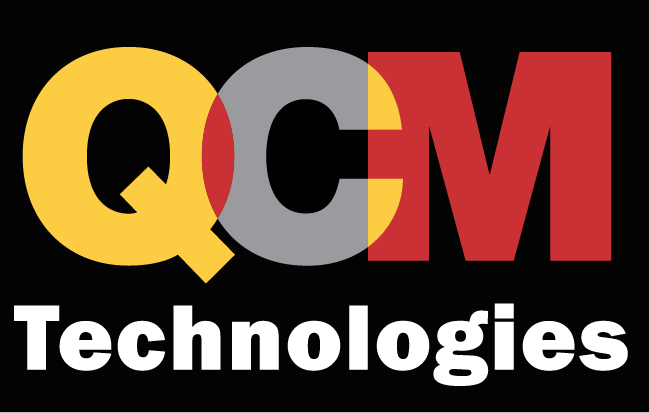The IT industry has seen its share of technological revolutions, from PCs and the World Wide Web to the Internet of Things and everything in between.
Today, we are on the brink of another disruptive paradigm shift as an increasing number of businesses are starting to transition to an on demand digital business model to maintain a competitive edge. While cultural and operational adjustments are needed to make this happen, the melding of the appropriate emerging technologies is just as important. A key supporting technology pillar that enables this transformation is cloud computing. The only way to be as agile as possible and respond to scale and intelligent data requirements in near real-time is to leverage an infrastructure built for it. By their very design, public clouds such as Microsoft Azure, Amazon Web Services (AWS) and Google Cloud Platform satisfy these requirements in an on demand fashion.
While there are technical motivators for transitioning applications and infrastructure to the cloud, such as resource elasticity challenges and difficulty to procure and implement new systems, cloud migration as an enterprise agreed approach is almost always a business decision. The objective benefits of the organization vary but often center around:
• CAPEX Reduction Unlike the install-and-own capital model of on premise infrastructure, the cloud offers pay-as-you-go subscriptions that shift up-front expenses from the customer to the service provider.
• OPEX Reduction Economies of scale and efficiency allow cloud providers to offer a variety of attractive pricing models for organizations running large numbers of applications.
Review the full Kemp white paper here: Migration to Public Cloud






